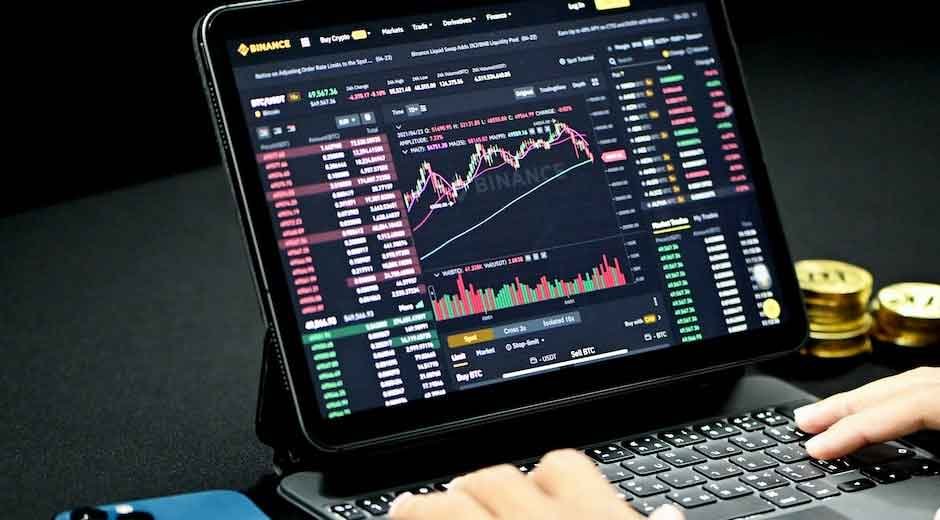The foreign exchange market’s 24/5 rhythm demands more than luck – it requires traders to master specific competencies that separate consistent performers from temporary participants. While charts and indicators grab attention, sustainable success hinges on developing core abilities that weather market storms. From emotional control to pattern recognition, these skills form the foundation for navigating currency fluctuations effectively.
Contents
Emotional Discipline: The Invisible Backbone
Market volatility challenges even the most experienced traders. Seasoned traders develop mental armor against the twin demons of greed and panic through rigorous self-imposed rules. They know euphoria after three winning trades often precedes reckless fourth attempts, just as fear during drawdowns clouds judgment about valid strategies. This psychological fortitude is forged through simulated trading scenarios and strict adherence to pre-defined entry/exit points. Top performers maintain trading journals analyzing emotional states during wins/losses – a practice many Forex prop firms mandate for their traders. The real skill lies in detaching self-worth from individual trades while maintaining strategic conviction during inevitable losing streaks.
Risk Management Mastery
Controlling losses isn’t as glamorous as chasing profits, but it separates survivors from casualties. Effective traders calculate position sizes based on account balance and stop-loss levels before ever entering a trade. They diversify currency pairs to avoid overexposure while understanding correlation risks between seemingly unrelated markets. Advanced practitioners layer risk controls using time-based exits and volatility-adjusted stop placements. A common thread among successful Forex prop firm traders is their obsession with risk/reward ratios – they’ll abandon 10 potential “winning” setups to avoid one catastrophic loss. This systematic approach transforms trading from gambling into probability management.
Market Pattern Recognition
Currencies move in rhythms dictated by economic cycles, geopolitical shifts, and herd psychology. Sharp traders develop a sixth sense of spotting repeating chart patterns while understanding their statistical reliability. They cross-reference technical formations with fundamental triggers like central bank announcements or employment data releases. This skill extends beyond memorizing candlestick shapes. It involves sensing when a “textbook” head-and-shoulders pattern carries weight versus when it’s mere market noise. Many leverage tools like Fibonacci retracements not as holy grails but as lenses to gauge crowd psychology – a nuance that separates mechanical users from true pattern interpreters.
Adaptability in Changing Tides
The 2020 pandemic proved markets can shift paradigms overnight. Successful traders cultivate chameleon-like abilities to switch strategies when volatility spikes or trends reverse. They maintain parallel approaches for ranging versus trending markets, often keeping “break glass” contingency plans for black swan events. This flexibility shows in how they handle leverage – ramping it up during high-conviction, low-volatility setups versus dialing it back when uncertainty reigns. Top performers regularly stress-test strategies against historical crises while staying updated on emerging technologies that could disrupt currency flows, from blockchain innovations to AI trading systems.
Continuous Learning Commitment
Markets evolve faster than textbooks. Dedicated traders treat education as a lifelong marathon – analyzing both wins and losses for improvement opportunities. They consume central bank reports like novels, track obscure economic indicators, and study how new regulations might impact currency correlations. This skill manifests in customized checklists that get updated after every major market shift. Rather than chasing “secret strategies,” wise traders focus on understanding WHY certain approaches worked in specific conditions. Many successful Forex prop firms prioritize this growth mindset over immediate profitability when evaluating trading candidates.
Networking & Information Filtering
In an era of information overload, skilled traders cultivate reliable intelligence networks while developing BS detectors for market noise. They maintain contacts ranging from central bank analysts to cryptocurrency miners, piecing together macro puzzles from disparate data points. The real art lies in distinguishing actionable insights from distracting chatter. Savvy traders set up customized news filters and participate in niche forums where real practitioners debate ideas. They understand that in Forex markets, sometimes what isn’t said (like a central bank omitting inflation warnings) carries more weight than official statements.
Conclusion
Mastering Forex trading requires building these interconnected skills into a personal system that aligns with individual risk tolerance and market philosophy. While technical analysis provides tools, sustained success ultimately depends on psychological resilience, risk awareness, and adaptive learning. Those who cultivate these competencies position themselves to navigate currency markets’ turbulent waters – turning volatility from a threat into an ally.








